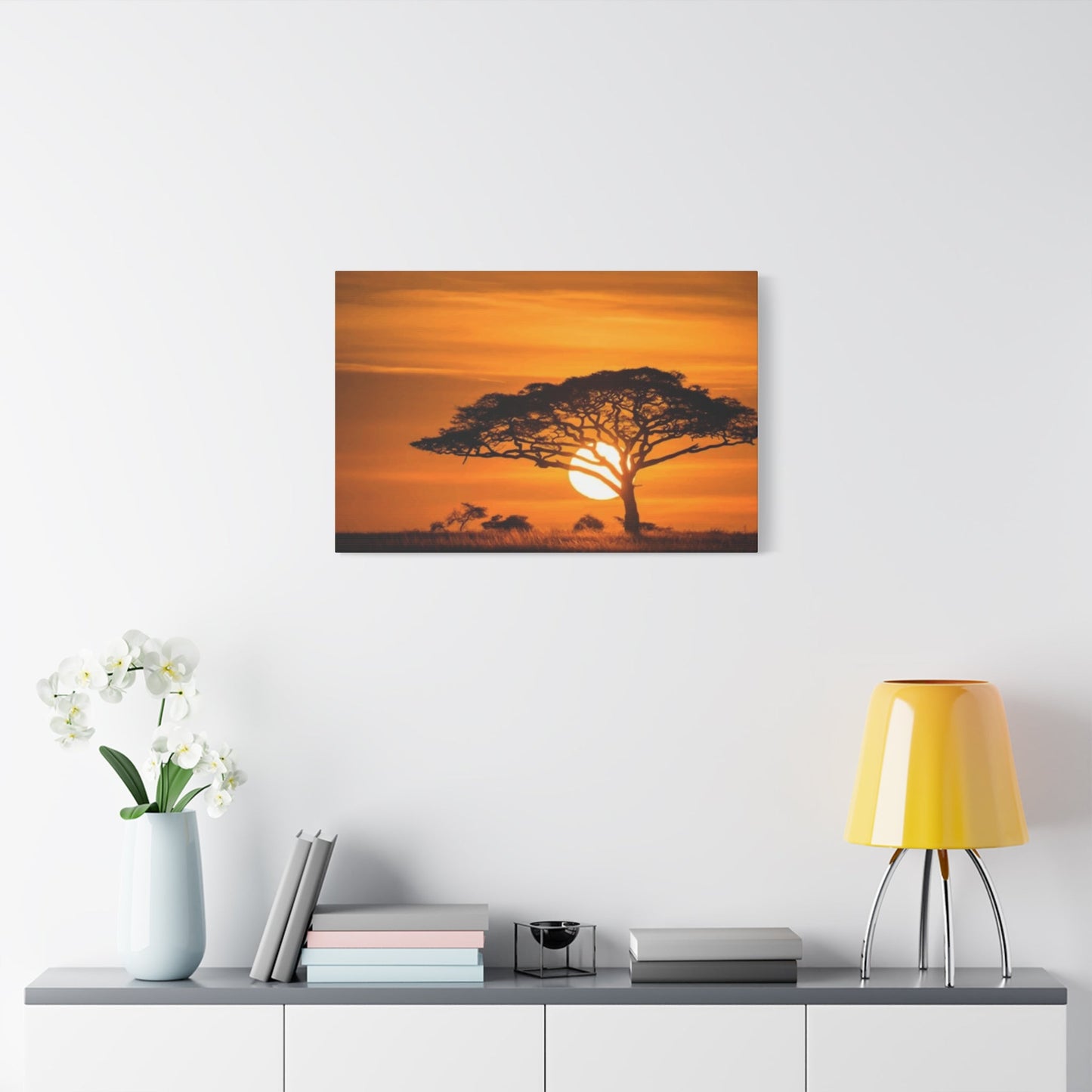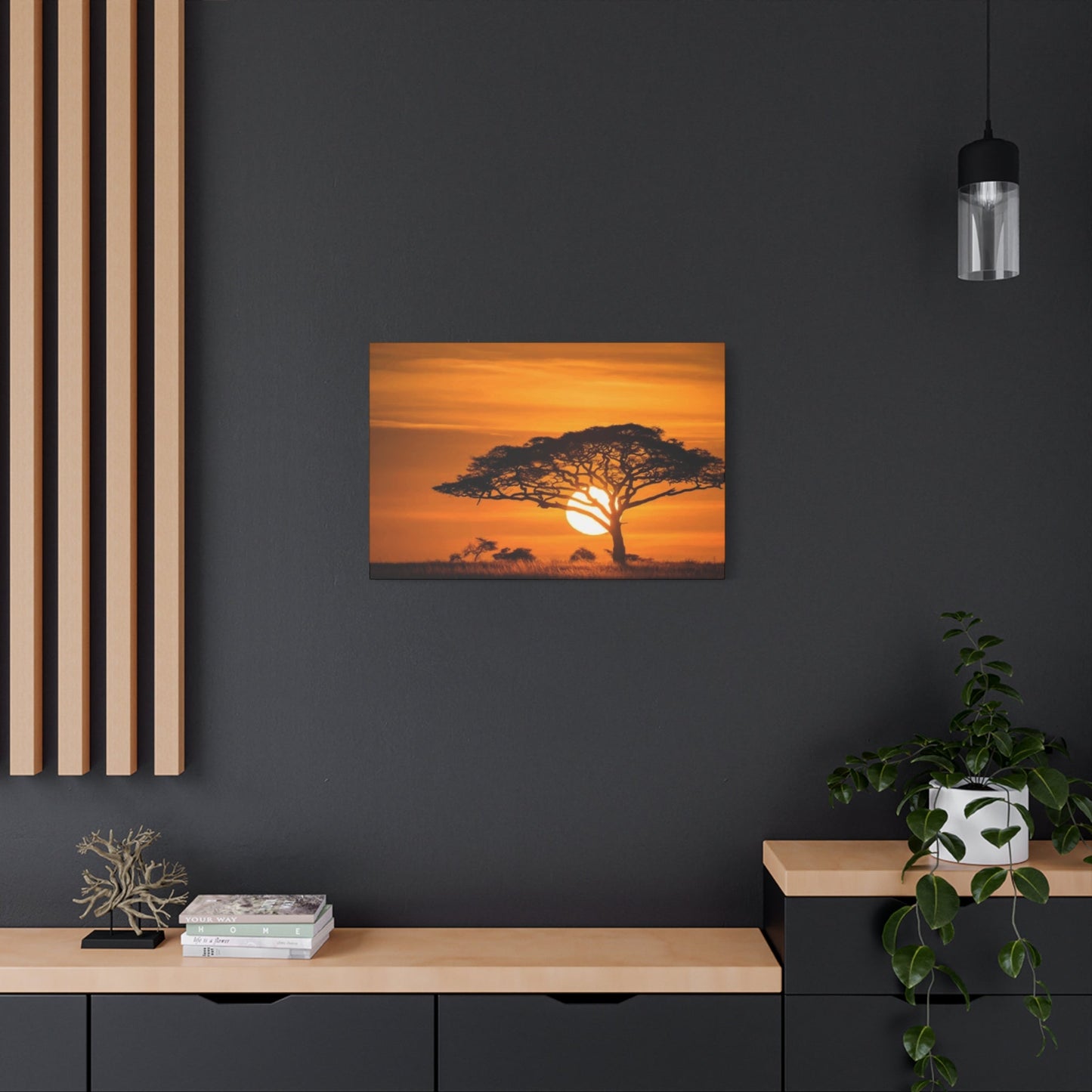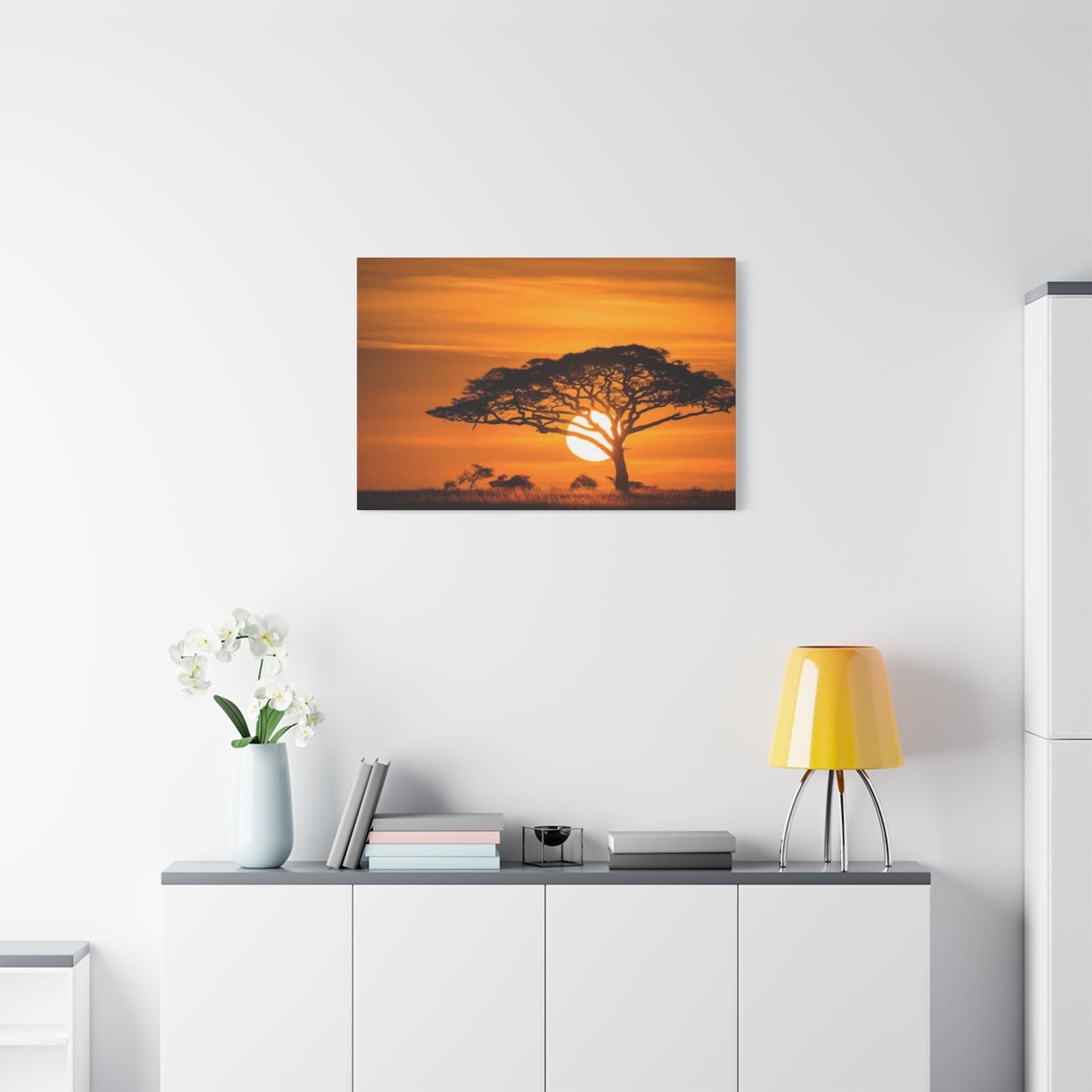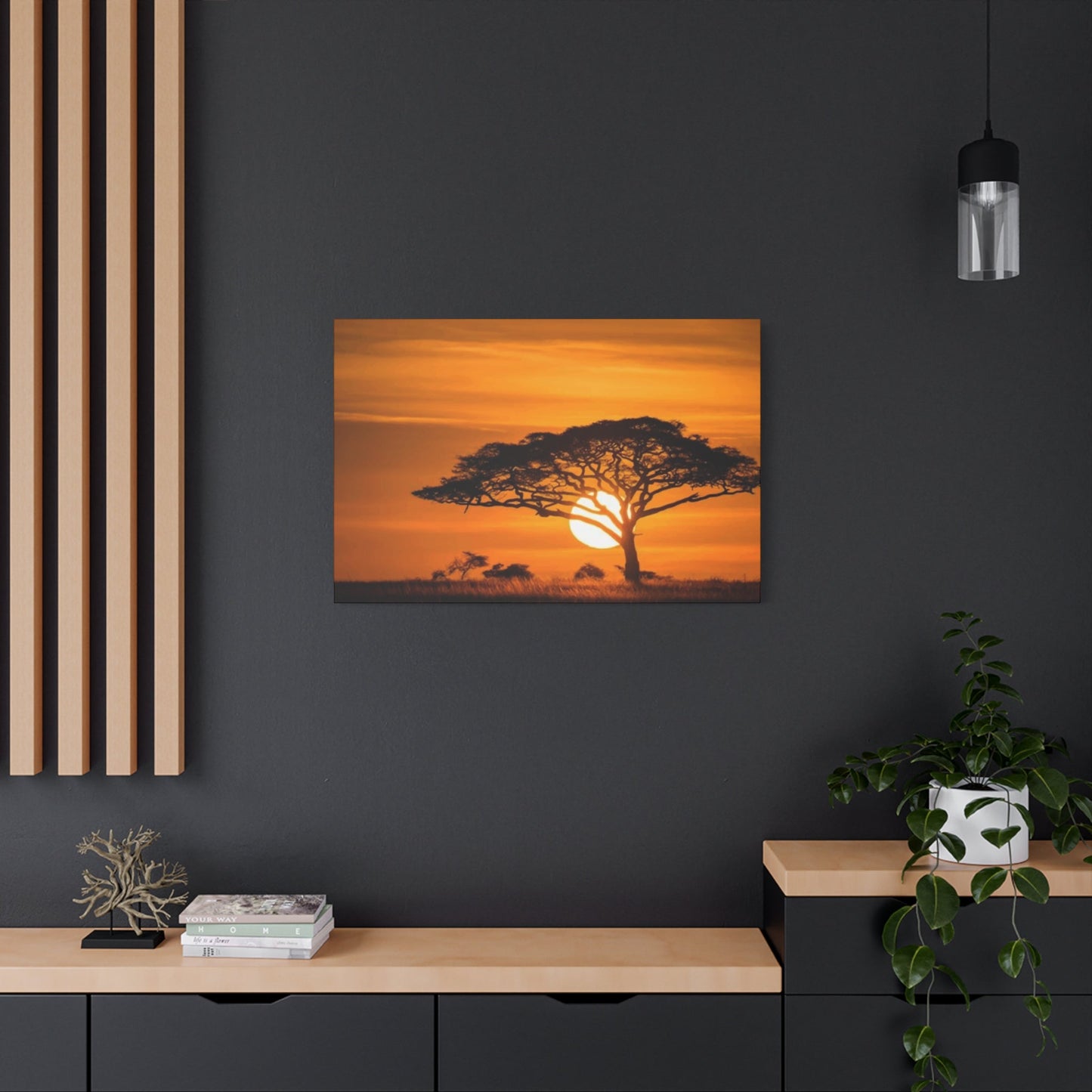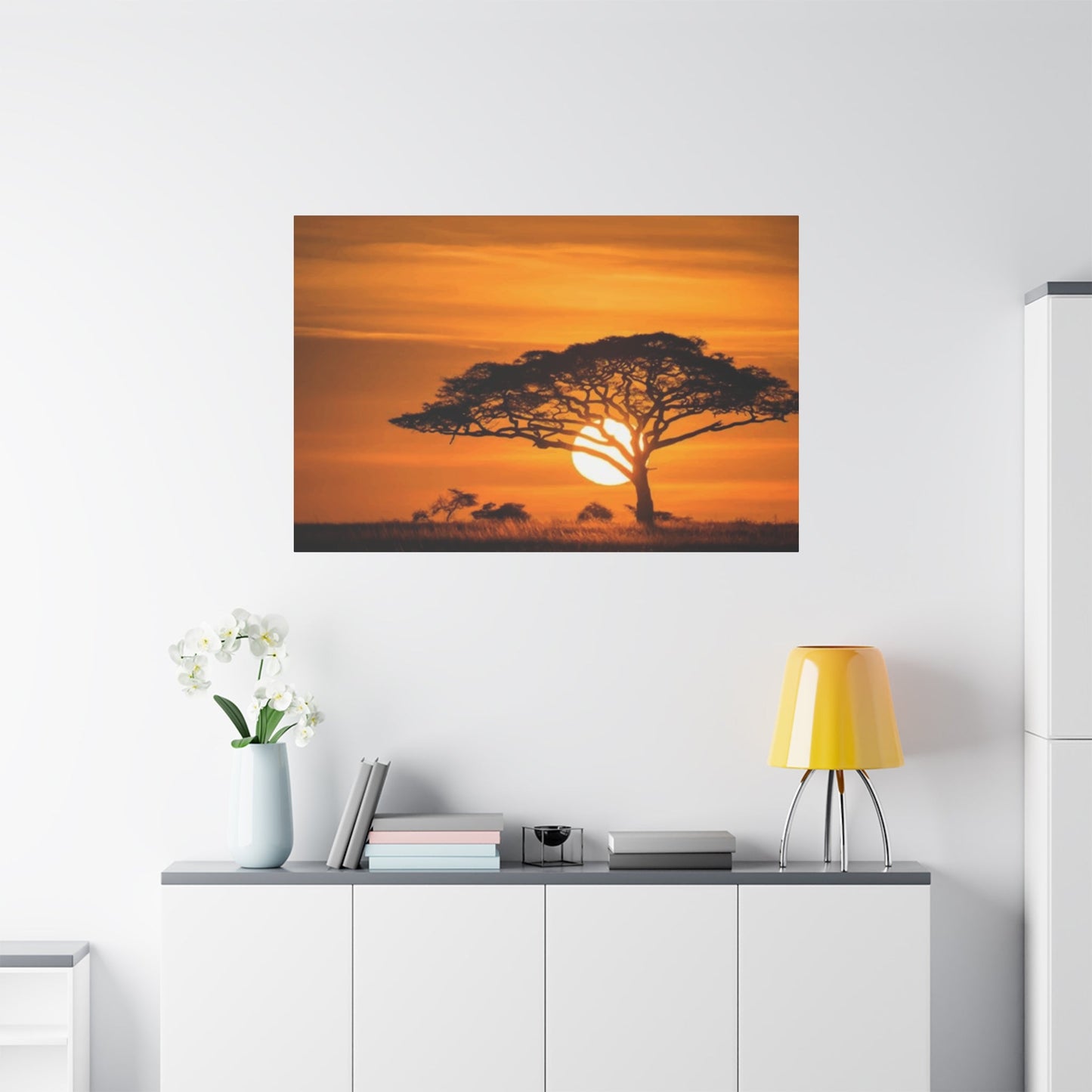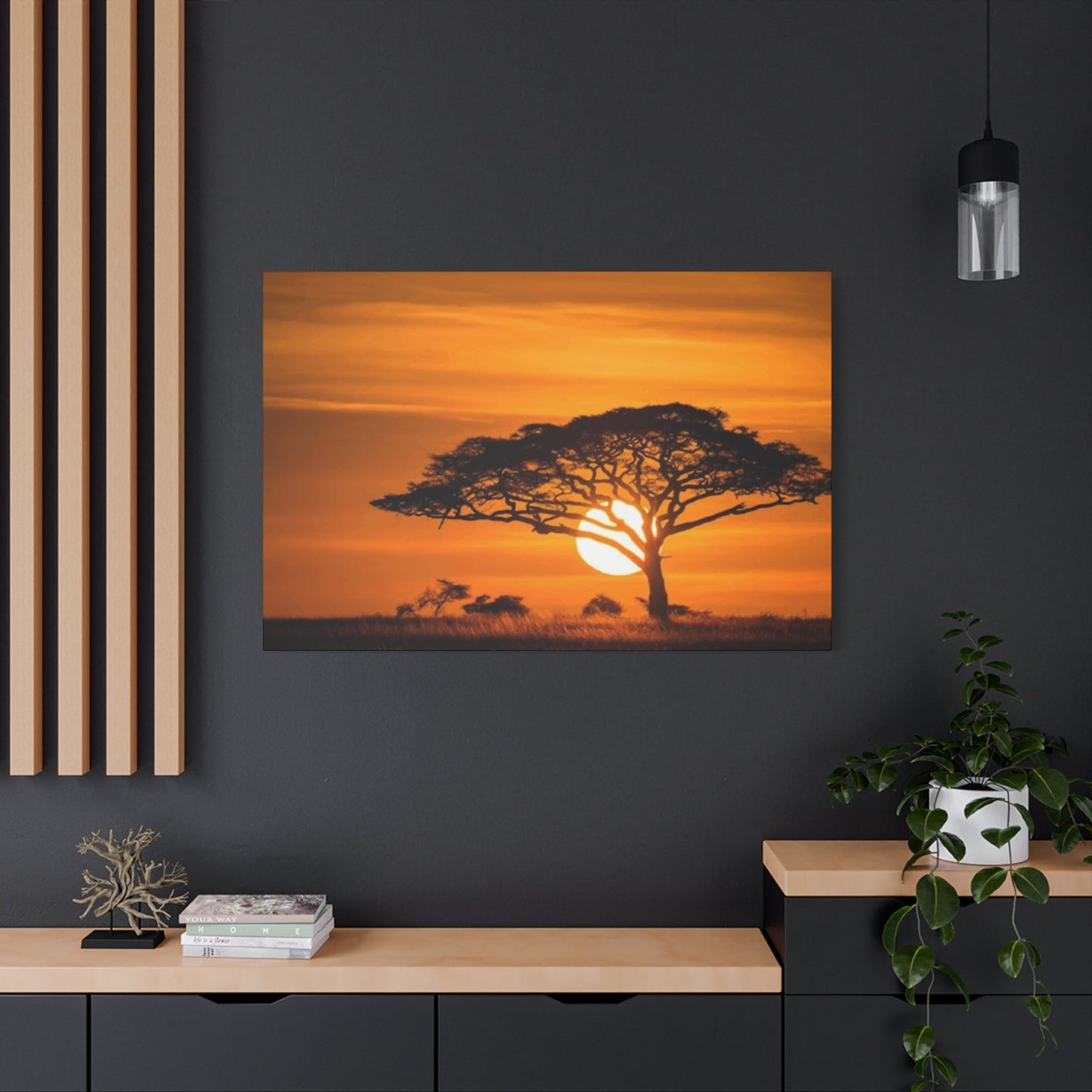Exploring African Wall Art and Canvas of Culture: A Comprehensive Journey Through Visual Heritage
Africa's magnificent array of artistic expressions finds its most compelling voice through wall art, creating an extraordinary visual narrative that spans millennia. This ancient continent's diverse cultures have transformed walls into living documents of history, spirituality, and community identity. From the bustling metropolises to remote villages, from sacred temples to humble dwellings, African wall art stands as a testament to the enduring power of creative expression and cultural preservation.
The significance of African wall art extends far beyond mere decoration, serving as a complex communication system that bridges generations, preserves ancestral wisdom, and maintains cultural continuity in an ever-changing world. These artistic expressions represent the collective memory of countless communities, each stroke and symbol carrying profound meaning that connects past, present, and future.
Ancient Origins and Historical Foundations of African Wall Art
The roots of African wall art stretch back thousands of years, with some of the earliest examples discovered in caves and rock shelters across the continent. The San people of southern Africa created rock paintings that date back over 27,000 years, depicting hunting scenes, spiritual ceremonies, and daily life activities. These ancient artworks established the foundation for a continuous tradition of wall decoration that would evolve and adapt while maintaining its essential purpose as a medium for cultural expression.
In ancient Egypt, wall art reached extraordinary heights of sophistication, with tomb paintings and temple decorations that told stories of gods, pharaohs, and the afterlife. The hieroglyphic system itself was a form of wall art, combining symbolic representation with artistic beauty. These early examples demonstrated how wall art could serve multiple purposes simultaneously: religious devotion, historical documentation, and aesthetic enhancement.
The Kingdom of Kush in modern-day Sudan developed its own distinctive wall art traditions, often incorporating Egyptian influences while maintaining uniquely Sudanese elements. The pyramids and temples of Meroe featured wall decorations that celebrated Kushite culture and royal lineage, showing how different African civilizations adapted and transformed artistic conventions to express their own identities.
Ancient Ethiopian churches, carved directly into rock formations, featured elaborate wall paintings that combined Christian iconography with local artistic traditions. These remarkable works of art, some dating back to the 4th century CE, demonstrate the early integration of religious and cultural themes in African wall art, a characteristic that would remain constant throughout the continent's artistic development.
Regional Variations and Cultural Diversity
The vast expanse of Africa encompasses thousands of distinct ethnic groups, each contributing unique elements to the continent's wall art heritage. West African traditions include the elaborate mud-brick architecture of the Sahel region, where buildings are decorated with geometric patterns and symbolic motifs that reflect Islamic influences combined with local customs.
The Hausa people of Nigeria and Niger developed sophisticated architectural decoration systems, using intricate plasterwork and painted designs to embellish their buildings. These decorations often featured geometric patterns inspired by Islamic art, but incorporated local symbols and meanings that reflected Hausa cultural values and beliefs.
In Mali, the Dogon people created wall art that served as a three-dimensional representation of their cosmological beliefs. Their cliff dwellings featured painted symbols and carved reliefs that told the story of creation, the journey of souls, and the relationship between humans and the natural world. Each element of these decorations carried specific spiritual significance, making the walls themselves sacred texts that could be read by those initiated into the cultural mysteries.
The Ashanti people of Ghana developed wall art traditions that emphasized the importance of royal authority and social hierarchy. Palace walls were decorated with symbols representing proverbs, historical events, and moral teachings. These decorations served both to beautify the royal residences and to educate visitors about Ashanti culture and values.
East African wall art traditions reflect the region's position as a crossroads of cultures, with influences from Arab, Persian, Indian, and local traditions combining to create unique artistic expressions. The Swahili coast, in particular, developed distinctive decorative styles that adorned mosques, palaces, and wealthy merchants' homes with intricate geometric patterns and calligraphic elements.
Sacred Symbolism and Spiritual Dimensions
African wall art has always maintained strong connections to spiritual beliefs and religious practices. Many decorative schemes incorporate symbols that represent connections to ancestors, divine protection, and cosmic order. The Yoruba people of West Africa developed an extensive symbolic vocabulary that appears in wall decorations throughout their traditional territories.
The concept of ashe, or divine energy, is often represented through specific color combinations and geometric patterns that appear on temple walls and sacred compounds. Red ochre might represent the life force, white kaolin could symbolize purity and spiritual connection, and black charcoal might indicate the mystery of the unknown or the power of transformation.
In many African cultures, the act of creating wall art is itself a spiritual practice. The Ndebele women of South Africa, for example, view house painting as a form of prayer and meditation. The geometric patterns they create are not arbitrary designs but carefully constructed representations of their cultural identity, family history, and spiritual beliefs.
The preparation of pigments for wall painting often involves ritual practices and the use of materials that carry spiritual significance. Clay from sacred sites, ashes from ritual fires, and plant extracts with medicinal properties all contribute to the creation of paints that are believed to carry protective and healing powers.
Urban Murals as Contemporary Cultural Expression
Modern African cities have become canvases for contemporary wall art that addresses current social, political, and cultural issues while maintaining connections to traditional artistic practices. Street art and murals in cities like Lagos, Johannesburg, Cairo, and Dakar reflect the dynamic nature of contemporary African culture, addressing themes of urban life, globalization, and cultural identity.
In Lagos, Nigeria, the walls of buildings throughout the city tell stories of modern Nigerian life, from celebrations of music and entertainment to commentary on political and social issues. These murals often combine traditional Yoruba artistic elements with contemporary graffiti and street art styles, creating a unique visual language that speaks to both local and international audiences.
Johannesburg's street art scene has flourished in the post-apartheid era, with artists using walls to address themes of reconciliation, identity, and social transformation. The city's murals often incorporate elements from various South African cultures, creating visual dialogues between different ethnic and linguistic communities.
The Revolution Wall in Cairo became a powerful symbol of political expression during and after the Arab Spring, with artists using the wall to comment on social change, political developments, and cultural identity. These murals demonstrated how wall art continues to serve as a medium for social commentary and political expression in contemporary Africa.
Traditional House Painting and Community Identity
The practice of decorating houses with painted designs remains a vibrant tradition in many African communities, serving multiple functions that go beyond aesthetic enhancement. These decorations mark important life events, indicate social status, communicate cultural values, and create a sense of visual harmony within the community.
The Ndebele people have developed perhaps the most internationally recognized house painting tradition in Africa. Women create elaborate geometric patterns using bold colors and precise mathematical relationships that reflect their understanding of spatial harmony and cultural aesthetics. Each design element carries specific meaning, from patterns that indicate marital status to symbols that represent family history and clan affiliations.
The process of house painting among the Ndebele is carefully regulated by cultural traditions that determine when houses should be painted, who may participate in the decoration process, and what designs are appropriate for different types of buildings. Young women learn these traditions from their elders, ensuring that knowledge and skills are passed down through generations.
In the Kassena villages of Burkina Faso and Ghana, house decoration is a collaborative effort that strengthens community bonds while creating visually stunning architectural environments. Women work together to apply decorative plaster and paint to buildings, using techniques that have been refined over centuries. The resulting decorations feature organic patterns inspired by natural forms, spiritual symbols, and geometric designs that create a unified aesthetic throughout the village.
The Gurunsi people, also of Burkina Faso, have developed house decoration traditions that emphasize the integration of buildings with their natural environment. Their wall decorations often incorporate earth tones and patterns that echo the surrounding landscape, creating an architectural style that appears to grow organically from the soil itself.
Materials and Methods in African Wall Art Creation
The creation of African wall art involves sophisticated understanding of materials, color theory, and artistic processes that have been refined over generations. Artists and decorators work with locally available materials, transforming simple earth-based pigments and plant extracts into vibrant, durable decorations that can withstand harsh environmental conditions.
Clay forms the foundation of many wall decoration systems, with different types of clay providing various colors and textures. Red ochre, yellow ochre, and white kaolin are commonly used pigments that produce the warm earth tones characteristic of much African wall art. These natural materials not only provide beautiful colors but also create surfaces that breathe with the building, expanding and contracting with temperature changes without cracking or peeling.
Plant-based dyes add additional colors to the artist's palette, with indigo producing deep blues, certain tree barks creating rich browns, and various roots and berries contributing reds, yellows, and purples. The preparation of these natural pigments often involves complex processes that may take days or weeks to complete, requiring extensive knowledge of plant properties and chemical interactions.
The application methods for wall decorations vary widely across different African cultures, from finger painting and brush work to stamp printing and stenciling. Many communities have developed specialized tools for creating specific patterns or textures, such as combs for creating parallel lines, stamps carved from gourds or wood for repeating motifs, and brushes made from animal hair or plant fibers for fine detail work.
Surface preparation is crucial for creating durable wall art, with many communities developing sophisticated plastering and priming systems that ensure decorations will adhere properly and maintain their appearance over time. These preparation methods often involve multiple layers of different materials, each serving specific functions in terms of adhesion, durability, and aesthetic quality.
Contemporary Artists and Modern Interpretations
Contemporary African artists have embraced wall art as a medium for exploring themes of identity, history, and social change while connecting with their cultural heritage. These artists often combine traditional motifs and methods with contemporary artistic concepts and materials, creating works that speak to both local and global audiences.
The work of artists like El Anatsui from Ghana demonstrates how traditional African artistic concepts can be transformed through contemporary materials and methods. While not strictly wall art, his large-scale installations made from bottle caps and wire echo the decorative traditions of African wall art while addressing themes of consumption, waste, and cultural transformation.
In Morocco, artists like Lalla Essaydi create photographic works that incorporate traditional architectural decoration as backdrops for explorations of gender, identity, and cultural change. Her work demonstrates how wall art continues to serve as a context for contemporary artistic expression and cultural commentary.
South African artist William Kentridge has created animated films that incorporate wall drawings and murals, using the medium to explore themes of history, memory, and social transformation. His work shows how wall art can be integrated with other media to create powerful artistic statements about contemporary African experiences.
Street artists across Africa continue to develop new forms of wall art that address contemporary issues while maintaining connections to traditional artistic practices. These artists often work in community contexts, creating murals that bring people together and foster dialogue about important social and cultural issues.
Preservation Challenges and Cultural Heritage
The preservation of African wall art presents significant challenges due to environmental factors, urbanization pressures, and changing cultural practices. Many traditional wall art forms are threatened by the replacement of traditional building materials with modern construction methods, the migration of young people from rural areas to cities, and the general pressures of modernization.
Climate change poses particular threats to wall art in many parts of Africa, with changing rainfall patterns, increased temperatures, and extreme weather events causing accelerated deterioration of traditional decorations. The earth-based materials used in much African wall art are particularly vulnerable to these environmental changes.
Documentation efforts by researchers, artists, and cultural organizations are working to record traditional wall art practices before they disappear. These projects often involve photographing existing examples, interviewing elderly practitioners, and recording the methods and materials used in creating traditional decorations.
Some communities are working to maintain their wall art traditions by adapting them to contemporary contexts. This might involve using traditional patterns and colors in modern building contexts, teaching traditional methods to young people through formal education programs, or incorporating wall art traditions into tourism development projects.
The challenge of preservation also involves questions about cultural authenticity and the appropriate ways to maintain traditions while allowing for natural evolution and adaptation. Communities must balance the desire to preserve their heritage with the need to remain relevant and responsive to changing circumstances.
Educational and Cultural Transmission
The transmission of wall art knowledge and skills from one generation to the next is a critical aspect of maintaining these cultural traditions. In many African communities, this transmission occurs through informal apprenticeship systems where young people learn by observing and participating in decoration projects under the guidance of experienced practitioners.
Among the Ndebele people, young women traditionally learn house painting skills from their mothers and grandmothers, beginning with simple tasks and gradually taking on more complex responsibilities as their skills develop. This system ensures that not only the technical aspects of the art form are transmitted but also the cultural knowledge and spiritual significance associated with different patterns and designs.
The role of elders in maintaining wall art traditions cannot be overstated. These individuals often serve as repositories of cultural knowledge, understanding not only the technical aspects of creating decorations but also their deeper cultural meanings and appropriate uses. The loss of elder practitioners represents a significant threat to the continuation of these traditions.
Some communities have established formal training programs to supplement traditional learning systems. These programs might be offered through cultural centers, schools, or community organizations, and they often combine instruction in traditional methods with contemporary approaches to art education.
The integration of wall art traditions into formal education systems presents both opportunities and challenges. While such integration can help ensure that knowledge is passed on to younger generations, it also risks decontextualizing the art form and separating it from its cultural meanings and spiritual significance.
Economic Dimensions and Community Development
Wall art traditions in Africa often have important economic dimensions, providing income for practitioners and contributing to community development efforts. In some areas, the creation and maintenance of decorative wall art has become an important source of employment, particularly for women who may have limited access to other economic opportunities.
Tourism development projects sometimes incorporate traditional wall art as attractions that draw visitors to rural communities. While this can provide important economic benefits, it also raises questions about the commercialization of cultural practices and the potential for traditions to be altered to meet tourist expectations.
The production of materials used in wall art can also contribute to local economies. Communities that specialize in producing particular types of clay, plant-based dyes, or decorative tools may find markets for these products in other areas where similar traditions exist.
Some contemporary artists have found ways to adapt traditional wall art concepts for commercial markets, creating paintings, textiles, or decorative objects that incorporate traditional motifs and methods. While this can provide economic benefits for artists and communities, it also raises questions about cultural appropriation and the appropriate use of traditional knowledge.
Microenterprise development programs sometimes support wall art practitioners by providing training in business skills, marketing assistance, or access to credit. These programs can help traditional artists maintain their cultural practices while also improving their economic circumstances.
Gender Roles and Social Dynamics
Wall art creation in many African cultures involves complex gender dynamics and social roles that reflect broader cultural patterns and beliefs. In many communities, wall decoration is primarily the responsibility of women, who learn the necessary skills through family networks and pass them on to their daughters and other female relatives.
Among the Ndebele people, house painting is exclusively a female activity that is closely connected to women's social status and cultural identity. The patterns and designs created by women reflect their personal experiences, family histories, and spiritual beliefs, making each decorated house a unique expression of individual creativity within cultural constraints.
The gendered nature of wall art in some cultures means that changes in gender roles and women's status can significantly impact the continuation of these traditions. As women gain access to formal education and employment opportunities outside the home, they may have less time or inclination to maintain traditional decoration practices.
Some communities are working to adapt their wall art traditions to changing gender roles by involving men in decoration activities or by modifying traditional practices to accommodate women's changing circumstances. These adaptations can help ensure the survival of wall art traditions while allowing for social change.
The social dimensions of wall art creation often extend beyond gender to include age-based roles and responsibilities. Elder women may serve as supervisors and teachers, while younger women do much of the physical work involved in preparing surfaces and applying decorations.
Ritual and Ceremonial Contexts
Many forms of African wall art are closely connected to ritual and ceremonial activities, serving not just as decoration but as integral components of religious and social practices. The creation of these decorations may itself be a ritual activity that involves specific procedures, timing, and participants.
In some West African cultures, the painting of shrine walls is timed to coincide with important religious festivals or seasonal celebrations. The act of painting becomes a form of devotion that honors ancestors, deities, or spiritual forces, and the completed decorations serve as focal points for ongoing ritual activities.
The Dogon people of Mali integrate wall decorations into their complex ceremonial cycle, with different types of decorations appearing at different times of the year to mark important religious and social events. These decorations are not permanent but are renewed periodically as part of ongoing ritual obligations.
The use of specific colors and patterns in ceremonial contexts often carries deep symbolic meaning that may not be immediately apparent to outsiders. Red might represent life force or danger, white might symbolize purity or death, and black might indicate mystery or power. Understanding these symbolic meanings is essential for appreciating the full significance of ceremonial wall art.
Some wall art traditions involve community-wide participation in ceremonial decoration activities. These events serve multiple functions: they maintain cultural traditions, strengthen community bonds, provide opportunities for teaching and learning, and create beautiful environments for important social and religious activities.
Regional Styles and Artistic Variations
The diversity of African wall art reflects the continent's incredible cultural variety, with each region developing distinctive styles and approaches that reflect local values, beliefs, and aesthetic preferences. North African wall art, influenced by Islamic traditions, often features geometric patterns, calligraphy, and architectural elements that create sophisticated decorative schemes.
The elaborate tile work and painted decorations of Moroccan architecture represent one of the most developed wall art traditions in Africa, combining mathematical precision with artistic beauty to create environments that are both spiritually uplifting and aesthetically pleasing. These decorations often incorporate verses from the Quran, geometric patterns based on mathematical principles, and stylized plant and flower motifs.
West African wall art traditions tend to emphasize bold colors, geometric patterns, and symbolic motifs that reflect the region's complex cultural history and diverse ethnic groups. The mud-brick architecture of the Sahel region provides a distinctive canvas for decorative work that must be renewed regularly due to environmental conditions.
Central African wall art often incorporates organic forms and naturalistic elements that reflect the region's forest environments and cultural connections to nature. The decorative traditions of forest peoples often include representations of animals, plants, and natural phenomena that play important roles in their spiritual and cultural lives.
East African wall art reflects the region's position as a cultural crossroads, with influences from Arab, Persian, Indian, and various African traditions combining to create unique decorative styles. The Swahili coast, in particular, has developed architectural decoration traditions that incorporate elements from many different cultural sources.
Southern African wall art includes both the ancient rock art traditions of the San people and the more recent house painting traditions of various Bantu-speaking groups. These traditions demonstrate remarkable continuity over thousands of years while also showing adaptation to changing cultural circumstances.
Color Symbolism and Meaning Systems
Color plays a crucial role in African wall art, with different hues carrying specific meanings and associations that vary between cultures but often show remarkable similarities across wide geographical areas. Understanding these color symbolism systems is essential for appreciating the deeper meanings of African wall decorations.
Red, derived from ochre or other mineral sources, frequently represents life force, vitality, and power in many African cultures. It may also be associated with danger, war, or transformation, depending on the specific cultural context and how it is used in combination with other colors and symbols.
White, often created using kaolin clay or chalk, commonly symbolizes purity, peace, and connection to the spiritual realm. In many cultures, white is associated with ancestors, divine beings, and ritual purification. It may also represent death or the transition between different states of being.
Black, produced using charcoal or other organic materials, often represents mystery, the unknown, and the power of transformation. It may also be associated with fertility, the earth, and the cycle of life and death. In some contexts, black represents wisdom and the accumulated knowledge of ancestors.
Yellow and gold colors, created using various mineral and plant sources, frequently symbolize wealth, prosperity, and divine favor. These colors may also represent the sun, enlightenment, and spiritual achievement. In some cultures, yellow is associated with healing and protection from harm.
Blue, though less common in traditional African wall art due to the rarity of natural blue pigments, often represents peace, tranquility, and connection to water or sky when it appears. The introduction of indigo dye in some areas has allowed for more extensive use of blue in decorative schemes.
Contemporary Relevance and Cultural Revival
In many parts of Africa, there is a growing movement to revive and maintain traditional wall art practices as part of broader cultural renewal efforts. These movements often combine respect for traditional knowledge with contemporary approaches to art education and cultural preservation.
Cultural festivals and celebrations increasingly feature wall art creation as a central activity, bringing communities together to participate in traditional decoration practices while also providing opportunities for learning and cultural exchange. These events help maintain traditional skills while also creating new contexts for their expression.
Art education programs in schools and universities are beginning to incorporate traditional African wall art methods and concepts into their curricula, helping ensure that knowledge of these practices reaches younger generations. These programs often combine practical instruction with cultural and historical context, helping students understand both the technical and cultural aspects of wall art traditions.
Contemporary architects and interior designers are increasingly incorporating elements from traditional African wall art into modern building designs, creating environments that reflect cultural heritage while meeting contemporary needs. This integration helps maintain the relevance of traditional artistic concepts in modern contexts.
International recognition of African wall art as a significant cultural and artistic achievement has led to increased documentation, research, and preservation efforts. Museums and cultural institutions around the world are developing collections and exhibitions that showcase the diversity and sophistication of African wall art traditions.
Digital Documentation and Virtual Preservation
The digital age has brought new opportunities for documenting and preserving African wall art traditions, with photographers, researchers, and cultural organizations using advanced technologies to create detailed records of traditional decorations and practices.
High-resolution photography and 3D scanning technologies allow for the creation of detailed digital records that capture not only the visual appearance of wall art but also information about textures, materials, and construction methods. These digital archives can serve as resources for researchers, educators, and communities working to maintain traditional practices.
Virtual reality and augmented reality technologies offer new possibilities for experiencing and understanding African wall art, allowing people to explore traditional environments and decoration schemes in immersive digital environments. These technologies can make African wall art accessible to global audiences while also providing valuable educational resources.
Online platforms and social media have created new opportunities for communities to share their wall art traditions with broader audiences, fostering cultural exchange and raising awareness about the importance of preserving these practices. These digital platforms also provide new venues for contemporary artists working with wall art concepts.
Digital mapping and documentation projects are creating comprehensive databases of African wall art sites and traditions, providing valuable resources for researchers and helping coordinate preservation efforts across different regions and countries.
Environmental and Sustainability Considerations
Traditional African wall art practices often embody sophisticated understanding of environmental sustainability, using locally available materials and methods that work in harmony with natural systems. These approaches offer valuable lessons for contemporary efforts to develop more sustainable building and decoration practices.
The use of earth-based pigments and natural materials in traditional wall art creates decorations that can biodegrade naturally at the end of their useful life, avoiding the environmental problems associated with synthetic paints and materials. This approach also supports local economies by utilizing materials that are available within community territories.
Traditional building and decoration methods often incorporate sophisticated understanding of climate and environmental conditions, creating structures and decorations that are well-adapted to local conditions and require minimal external inputs for maintenance and renewal.
Some contemporary projects are working to document and revive traditional knowledge about sustainable materials and methods, recognizing that these practices may offer valuable alternatives to more environmentally damaging modern approaches.
Climate change presents significant challenges for traditional wall art practices, with changing environmental conditions affecting both the availability of traditional materials and the durability of existing decorations. Communities are working to adapt their practices to these changing conditions while maintaining cultural authenticity.
Cross-Cultural Influences and Global Connections
African wall art traditions have both influenced and been influenced by artistic practices from other parts of the world, reflecting the continent's long history of cultural exchange and global connections. These influences have enriched African artistic traditions while also contributing to global artistic development.
The Islamic expansion into Africa brought new decorative concepts and methods that were integrated with existing artistic traditions to create distinctive hybrid styles. The geometric patterns and calligraphic elements of Islamic art combined with local symbols and meanings to produce unique decorative vocabularies.
European colonialism introduced new materials, tools, and artistic concepts that were selectively adopted and adapted by African communities. While colonial influence was often destructive to traditional cultures, it also led to new forms of creative expression that combined African and European elements.
Contemporary globalization has created new opportunities for African wall art traditions to influence international artistic developments while also exposing these traditions to new influences and pressures. African artists working in global contexts often draw on traditional wall art concepts in their contemporary practice.
The African diaspora has carried wall art traditions to other parts of the world, where they have adapted to new environments and cultural contexts while maintaining connections to their African origins. These diaspora traditions often serve as important links between contemporary communities and their historical roots.
Community Engagement and Participatory Practices
Many African wall art traditions are inherently communal activities that bring people together for creative collaboration and cultural celebration. These participatory practices strengthen community bonds while maintaining cultural traditions and creating beautiful environments.
The collaborative nature of many wall art projects means that they serve important social functions beyond their aesthetic and cultural value. Community members work together to plan, organize, and execute decoration projects, providing opportunities for social interaction, skill sharing, and collective decision-making.
These collaborative practices often involve people of different ages and skill levels working together, creating natural opportunities for cultural transmission and learning. Experienced practitioners share their knowledge with newcomers while also learning from the perspectives and innovations of younger participants.
The planning and execution of wall art projects often involves extensive community discussion and consultation, ensuring that decorative schemes reflect collective values and preferences rather than individual artistic vision. This democratic approach to art creation contrasts with many Western artistic traditions that emphasize individual creativity and expression.
Contemporary community development projects sometimes incorporate wall art creation as a strategy for bringing people together and fostering community pride and identity. These projects can help revitalize traditional practices while also addressing contemporary social and economic needs.
Therapeutic and Healing Dimensions
In many African cultures, wall art creation and appreciation have important therapeutic and healing dimensions that reflect holistic understandings of health and wellbeing. The process of creating decorative art can serve as a form of meditation, stress relief, and community healing.
The use of natural materials in wall art creation often connects practitioners with traditional knowledge about the healing properties of plants, minerals, and other substances. The preparation and application of natural pigments can involve aromatherapy, tactile stimulation, and other sensory experiences that promote physical and emotional wellbeing.
The collaborative nature of many wall art projects means that they provide opportunities for social support and community connection, which are recognized as important factors in maintaining mental and emotional health. Working together on creative projects can help build social bonds and provide mutual support during difficult times.
The symbolic content of many wall art traditions includes representations of healing, protection, and spiritual wellbeing, creating environments that are intended to promote health and harmony for those who inhabit or visit decorated spaces. These symbolic systems often reflect sophisticated understanding of the connections between physical environment, mental state, and spiritual wellbeing.
Some contemporary therapeutic programs incorporate African wall art concepts and methods as part of art therapy and community healing initiatives. These programs recognize the potential of traditional artistic practices to contribute to contemporary approaches to mental health and community development.
Architectural Integration and Spatial Harmony
African wall art traditions demonstrate sophisticated understanding of the relationships between decoration, architecture, and spatial experience. Traditional decorative schemes are often carefully planned to enhance the functional and aesthetic qualities of built environments while also creating spaces that support cultural and social activities.
The integration of wall art with architectural features such as doors, windows, rooflines, and structural elements creates unified design schemes that enhance the overall coherence and beauty of built environments. This integration often involves careful consideration of proportions, rhythms, and visual relationships that create harmonious spatial experiences.
Traditional African architecture often incorporates wall art as an integral component rather than as an afterthought or addition. Decorative elements are planned from the beginning of the construction process and integrated with structural and functional considerations to create buildings that are both beautiful and practical.
The use of color, pattern, and texture in wall art can significantly affect the perception of architectural space, making small spaces feel larger, creating visual interest in plain surfaces, and directing attention to important architectural features or functional areas.
Contemporary architects and designers working in Africa are increasingly recognizing the value of traditional approaches to integrating wall art with architecture, incorporating these principles into modern building designs that reflect cultural heritage while meeting contemporary functional requirements.
Innovation and Adaptation in Contemporary Contexts
While respecting traditional knowledge and cultural values, many African communities are finding innovative ways to adapt wall art practices to contemporary circumstances and needs. These adaptations often involve combining traditional methods with new materials, tools, or approaches that enhance durability, efficiency, or accessibility.
The development of new pigments and materials that combine the aesthetic qualities of traditional substances with improved durability or weather resistance can help ensure that wall art traditions remain practical and relevant in changing environmental conditions.
Contemporary artists working with wall art concepts often experiment with scale, materials, and contexts, creating large-scale murals, installations, and public art projects that draw on traditional African artistic principles while addressing contemporary themes and concerns.
The integration of wall art concepts with contemporary media such as digital projection, LED lighting, or interactive technologies creates new possibilities for dynamic and responsive decorative schemes that can adapt to different circumstances and needs.
Educational and cultural programs that combine traditional wall art instruction with contemporary art education approaches can help ensure that traditional knowledge is transmitted to younger generations while also encouraging innovation and creative development.
Cultural Exchange and International Recognition
African wall art traditions are receiving increasing international recognition as significant contributions to global artistic heritage, leading to new opportunities for cultural exchange and collaboration between African communities and international partners.
International museums and galleries are developing exhibitions and collections that showcase the diversity and sophistication of African wall art, helping raise global awareness about these traditions and their cultural importance. These exhibitions often involve collaboration with African communities and artists to ensure accurate and respectful representation.
Cultural exchange programs that bring African wall art practitioners to international contexts provide opportunities for sharing traditional knowledge while also exposing African artists to new influences and possibilities for their work. These exchanges can lead to innovative hybrid forms that combine African traditions with other global artistic practices.
International development and cultural preservation programs are increasingly recognizing the importance of supporting traditional artistic practices as part of broader efforts to maintain cultural diversity and promote sustainable development. These programs often provide funding and technical support for community-based cultural preservation initiatives.
The growing international market for African art and crafts creates economic opportunities for traditional wall art practitioners while also raising questions about cultural appropriation and the fair compensation of traditional artists and communities.
Conclusion:
African wall art stands as one of humanity's most remarkable and enduring forms of cultural expression, weaving together thousands of years of creative innovation, spiritual wisdom, and community identity into a tapestry of extraordinary beauty and meaning. From the ancient rock paintings of the San people to the vibrant contemporary murals gracing modern African cities, this artistic tradition has demonstrated remarkable resilience, adaptability, and continued relevance in an ever-changing world.
The profound significance of African wall art extends far beyond its immediate aesthetic impact, serving as a living library of cultural knowledge that preserves and transmits essential information about history, spirituality, social organization, and worldview. Each painted surface tells stories that connect past and present, creating bridges between generations and maintaining cultural continuity in the face of dramatic social and environmental changes. These artworks function as visual languages that communicate complex ideas about identity, belonging, and meaning that might otherwise be lost in the rapid pace of contemporary life.
As we have explored throughout this comprehensive examination, African wall art encompasses an extraordinary diversity of forms, methods, and meanings that reflect the rich complexity of African cultures themselves. From the geometric precision of North African Islamic-influenced decorations to the organic patterns of Central African forest communities, from the bold house paintings of the Ndebele people to the sacred shrine decorations of West African religious traditions, each regional and cultural variation contributes to a continental artistic heritage of unparalleled richness and depth.
The materials and methods employed in creating African wall art demonstrate sophisticated understanding of environmental sustainability, artistic durability, and cultural appropriateness that offers valuable lessons for contemporary approaches to art and design. The use of locally sourced pigments, the development of application methods suited to specific climatic conditions, and the creation of color systems that carry deep symbolic meaning all reflect centuries of refined artistic practice that has successfully adapted to diverse environmental and cultural contexts.
Perhaps most importantly, African wall art traditions embody approaches to creativity and cultural expression that emphasize community participation, intergenerational learning, and collective meaning-making over individual artistic expression. These participatory practices create social bonds, transmit cultural knowledge, and foster community identity in ways that purely individual artistic endeavors cannot achieve. The collaborative nature of many wall art projects demonstrates how creative activities can serve broader social functions while producing works of extraordinary beauty and cultural significance.
The contemporary relevance of African wall art traditions becomes increasingly apparent as communities around the world struggle to maintain cultural identity and community cohesion in the face of globalization, urbanization, and technological change. The examples set by African communities in maintaining and adapting their wall art traditions offer models for how traditional cultural practices can evolve and remain vital while retaining their essential character and meaning.
The challenges facing African wall art traditions today require careful attention and innovative solutions that balance respect for traditional knowledge with practical responses to changing circumstances. Environmental pressures, urbanization, economic development, and generational changes all pose potential threats to the continuation of these practices. However, the remarkable adaptability that has characterized these traditions throughout their long history suggests that they possess the resilience necessary to meet contemporary challenges while maintaining their cultural integrity.
The growing international recognition of African wall art as a significant cultural and artistic achievement creates new opportunities for support, documentation, and preservation efforts that can help ensure these traditions continue to thrive. Digital documentation projects, cultural exchange programs, educational initiatives, and museum exhibitions all contribute to raising awareness about the importance and beauty of African wall art while providing practical support for communities working to maintain their traditions.
The integration of traditional wall art concepts with contemporary artistic practices, architectural design, and community development initiatives demonstrates how these ancient traditions can contribute to addressing contemporary challenges and needs. The therapeutic benefits of communal artistic creation, the environmental sustainability of traditional materials and methods, and the community-building potential of collaborative decoration projects all offer valuable resources for contemporary social and cultural development.
The future of African wall art lies not in preserving these traditions as static museum pieces, but in supporting their continued evolution and adaptation as living cultural practices that respond to changing circumstances while maintaining their essential functions and meanings. This requires ongoing dialogue between traditional practitioners and contemporary communities, continued innovation in methods and materials, and sustained support for the social and cultural contexts that nurture these artistic traditions.

















